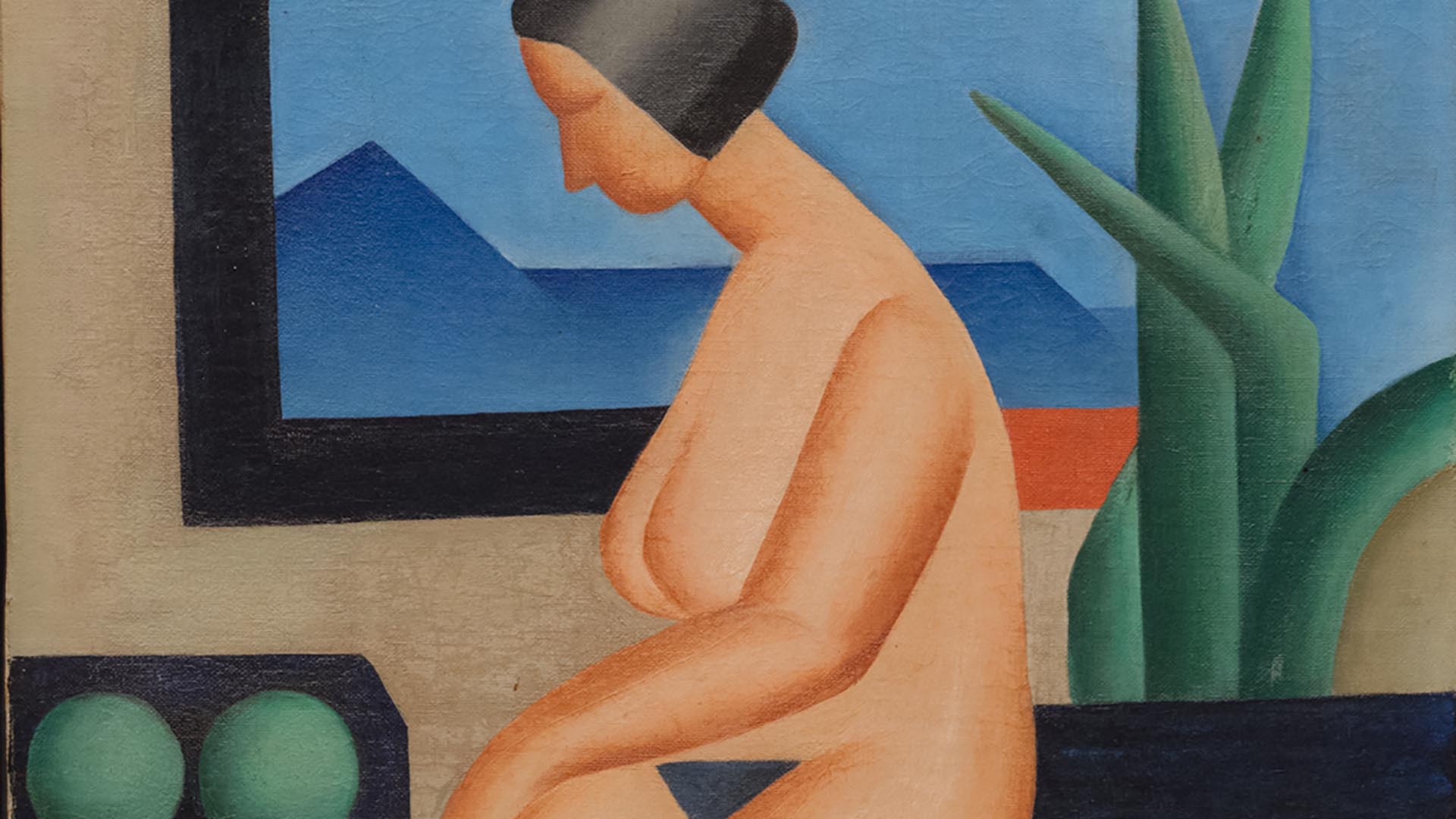
One of Latin America’s leading modernist artists, she was part of the Grupo dos Cinco, a movement that promoted Brazilian culture and the use of non-European styles. During a short stay in Paris in 1923, Tarsila had the opportunity to study with artists such as André Lhote, Fernand Léger and Albert Gleizes, absorbing the aesthetic-expressive traits of key movements of the European avant-garde, from Cubism and Futurism to Expressionism. The experience inevitably had a powerful impact on the development of her art, as demonstrated by one of her most famous works, A Negra (1923), which incorporates indigenous Brazilian forms and modernist styles.